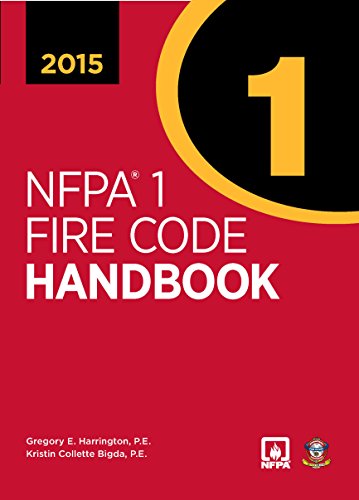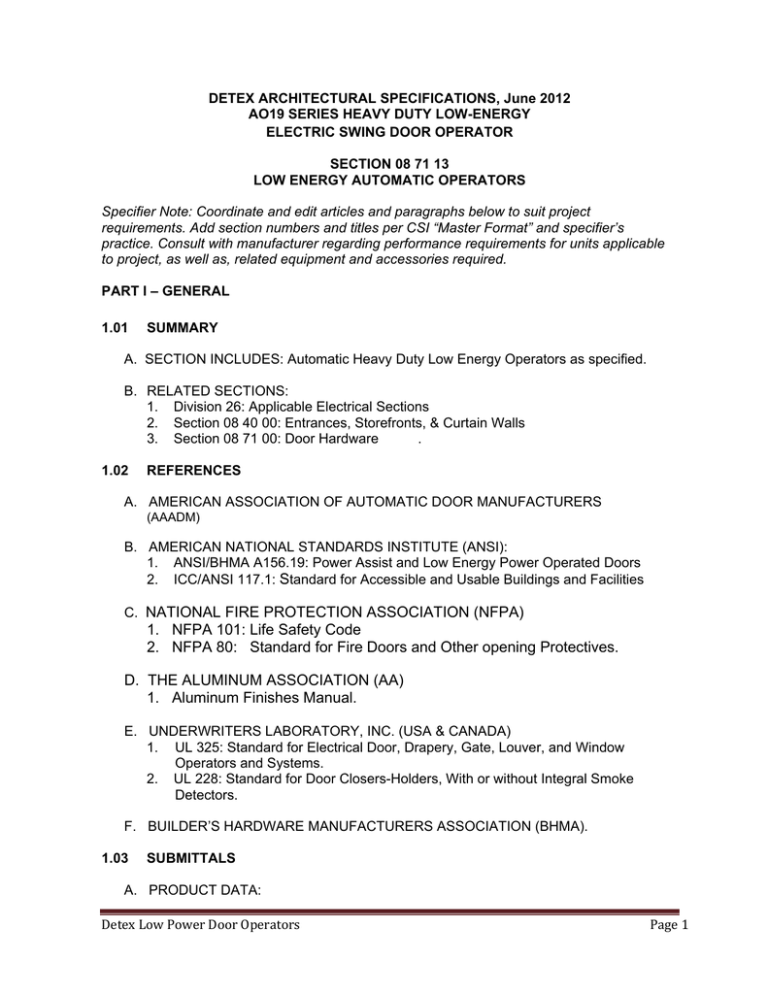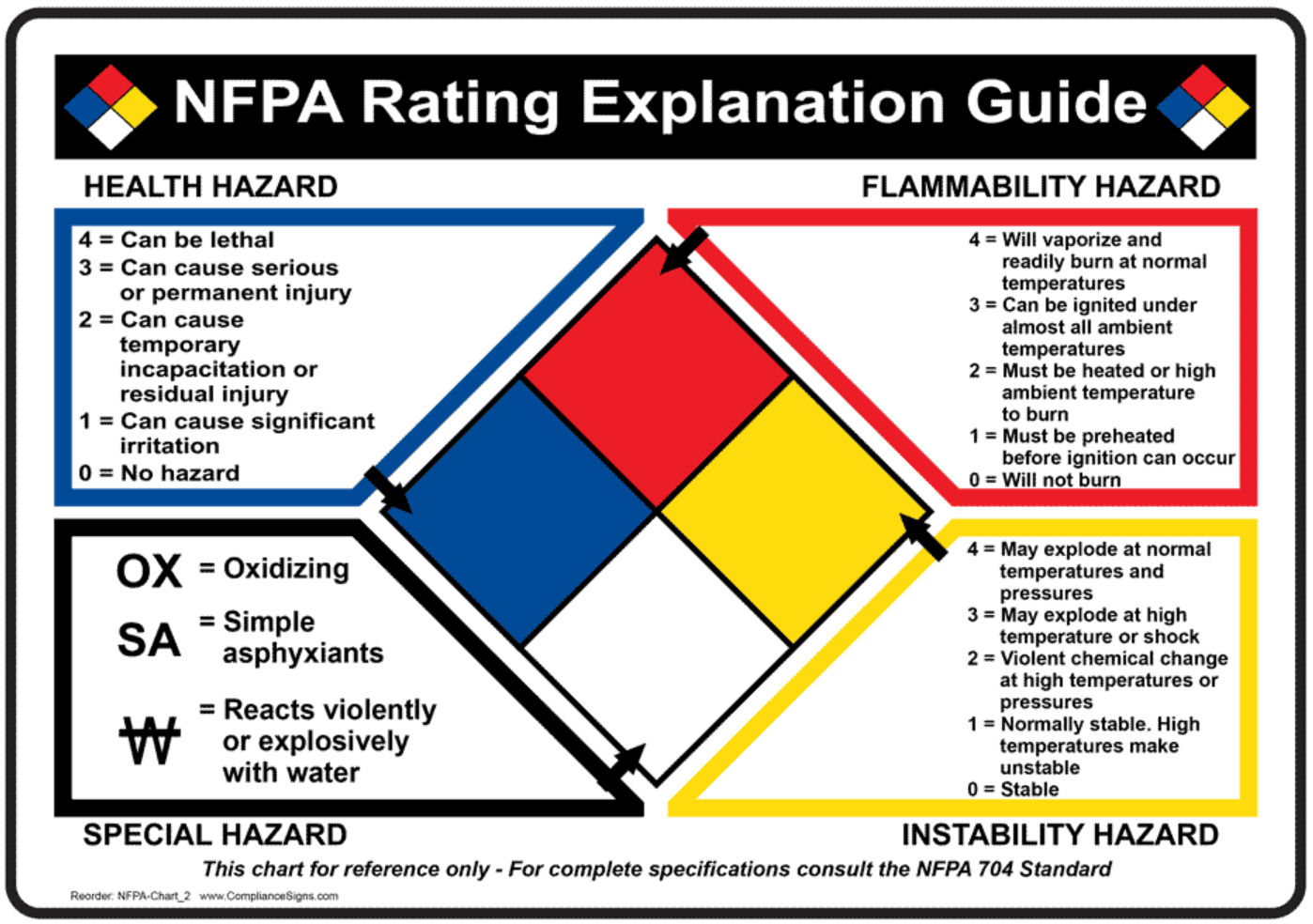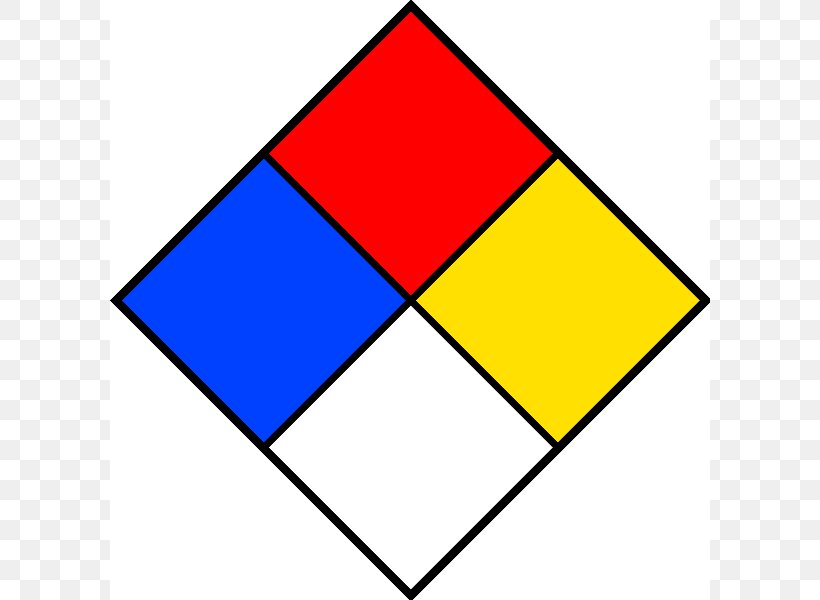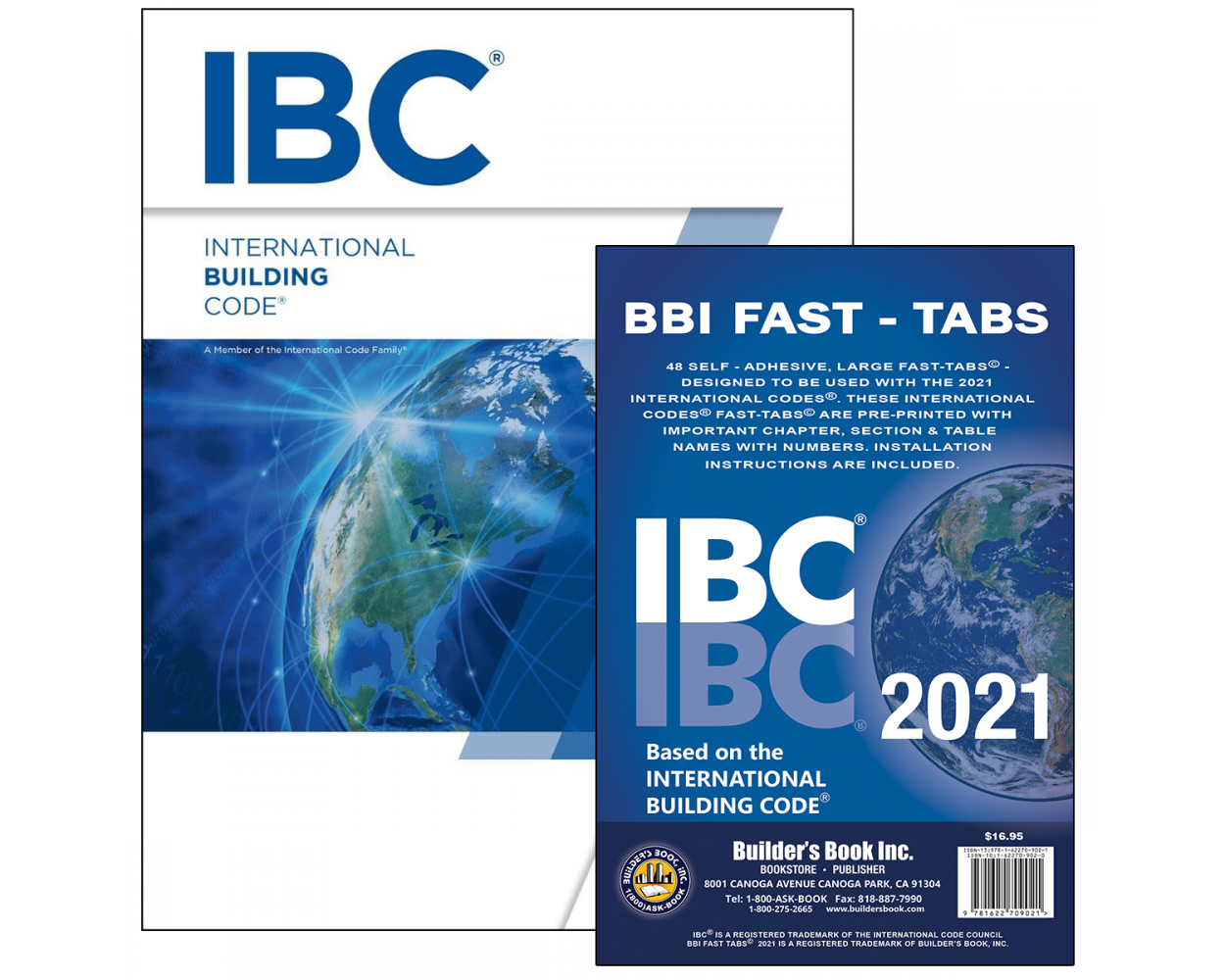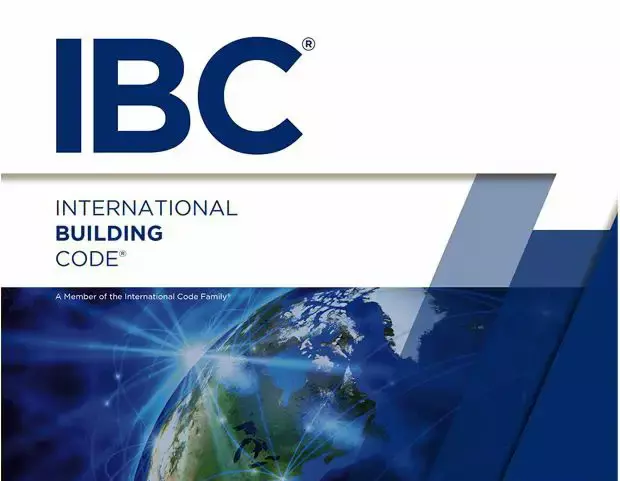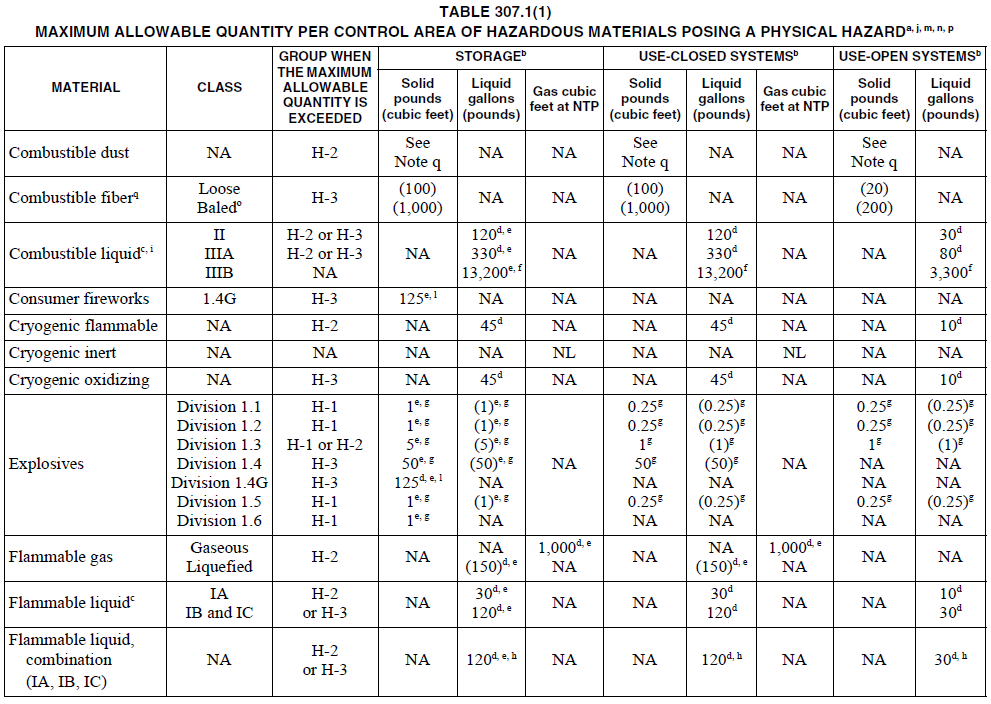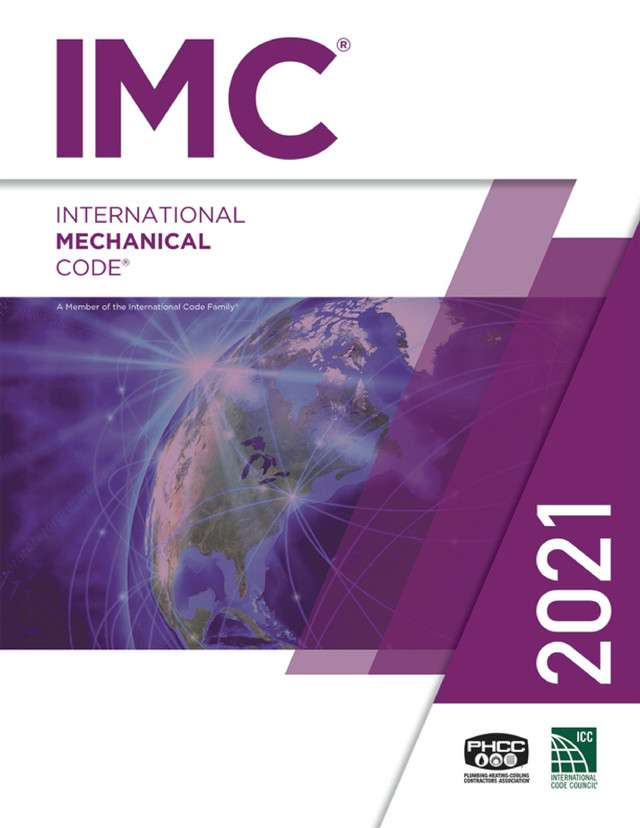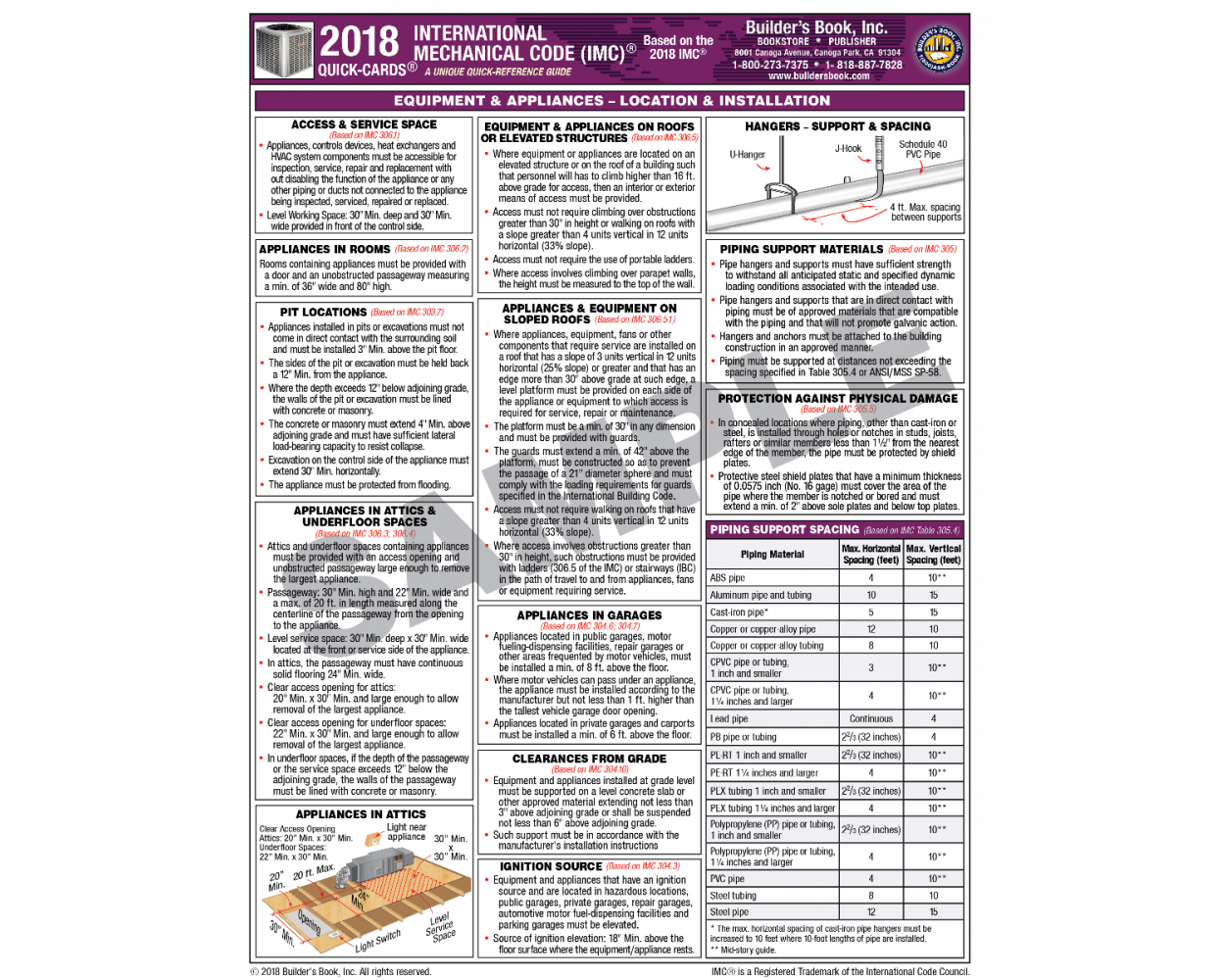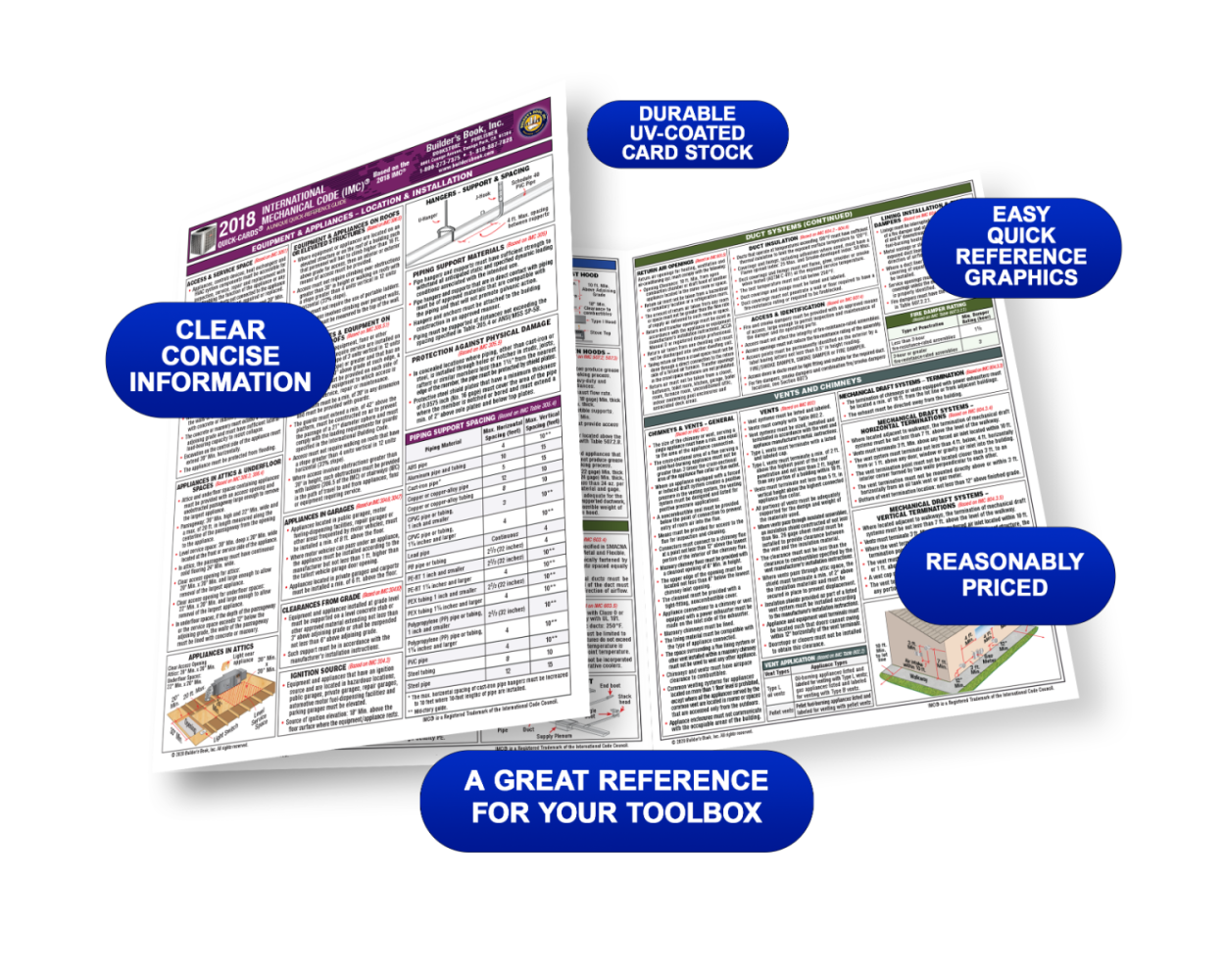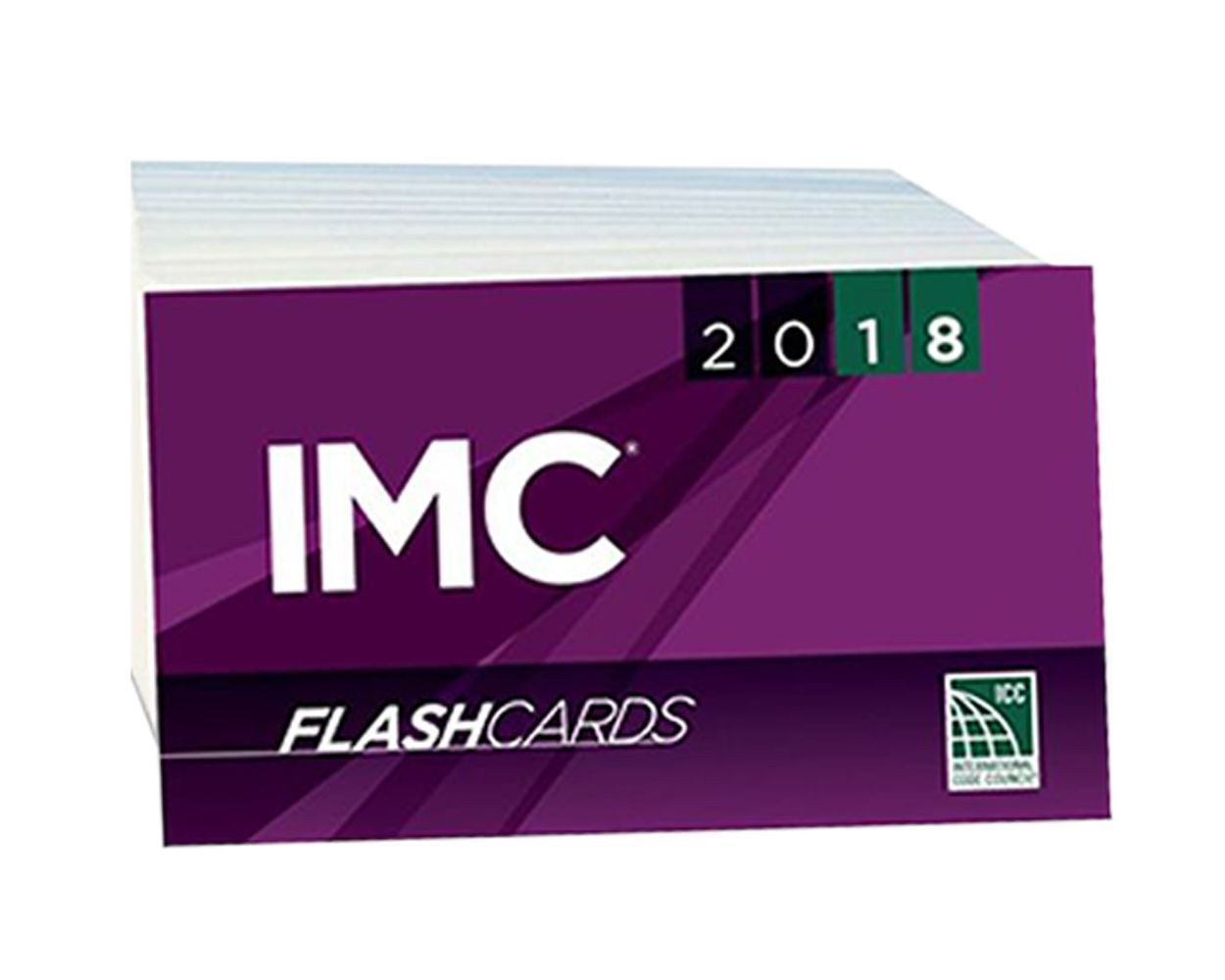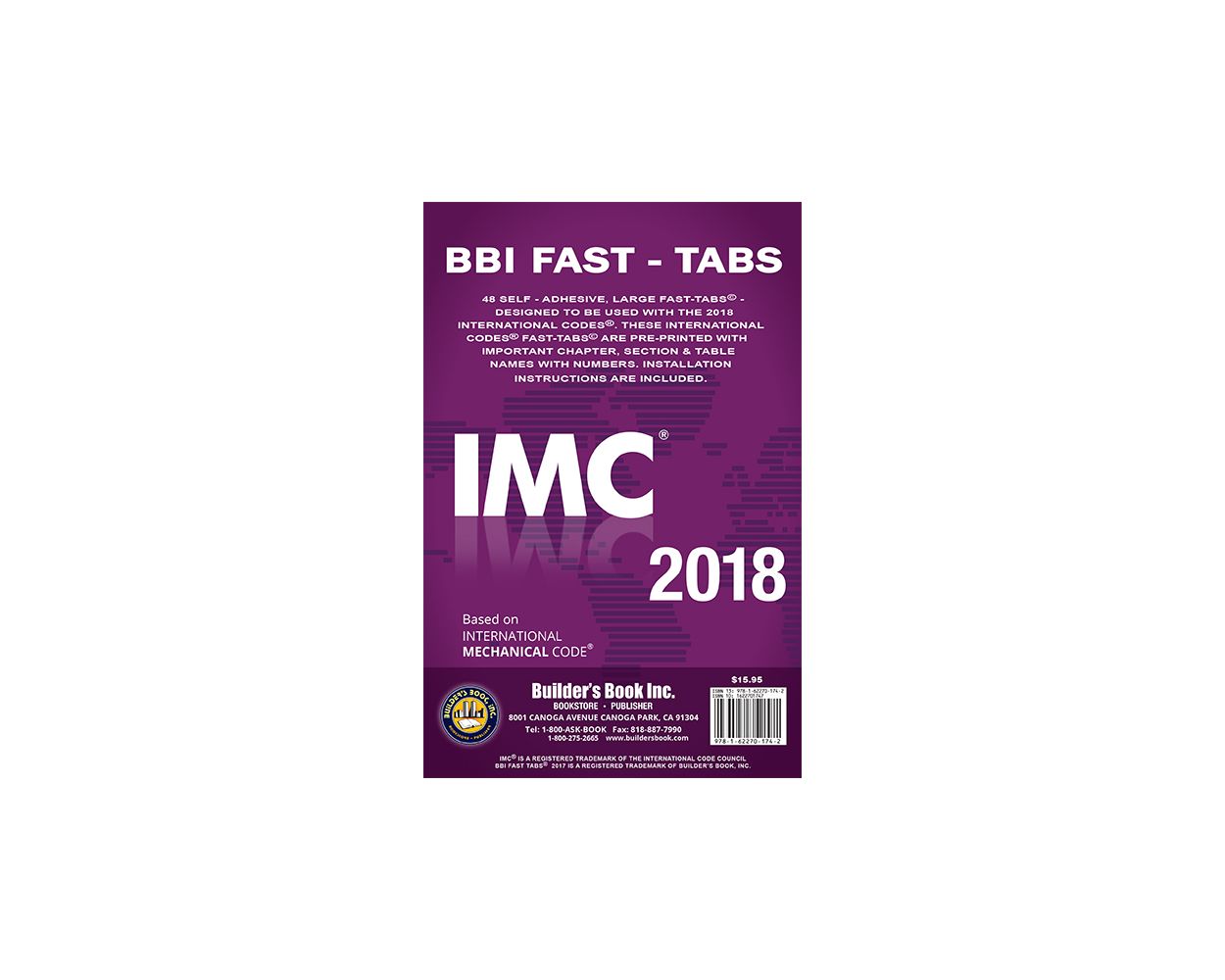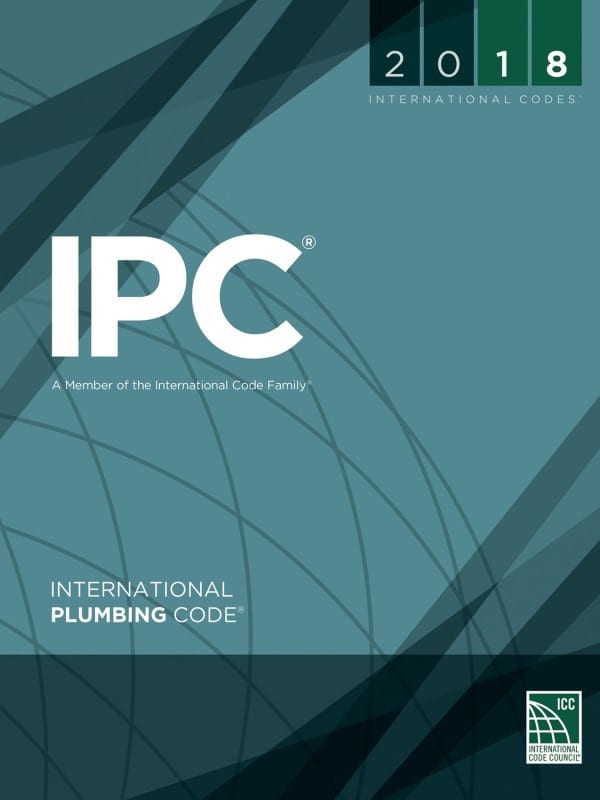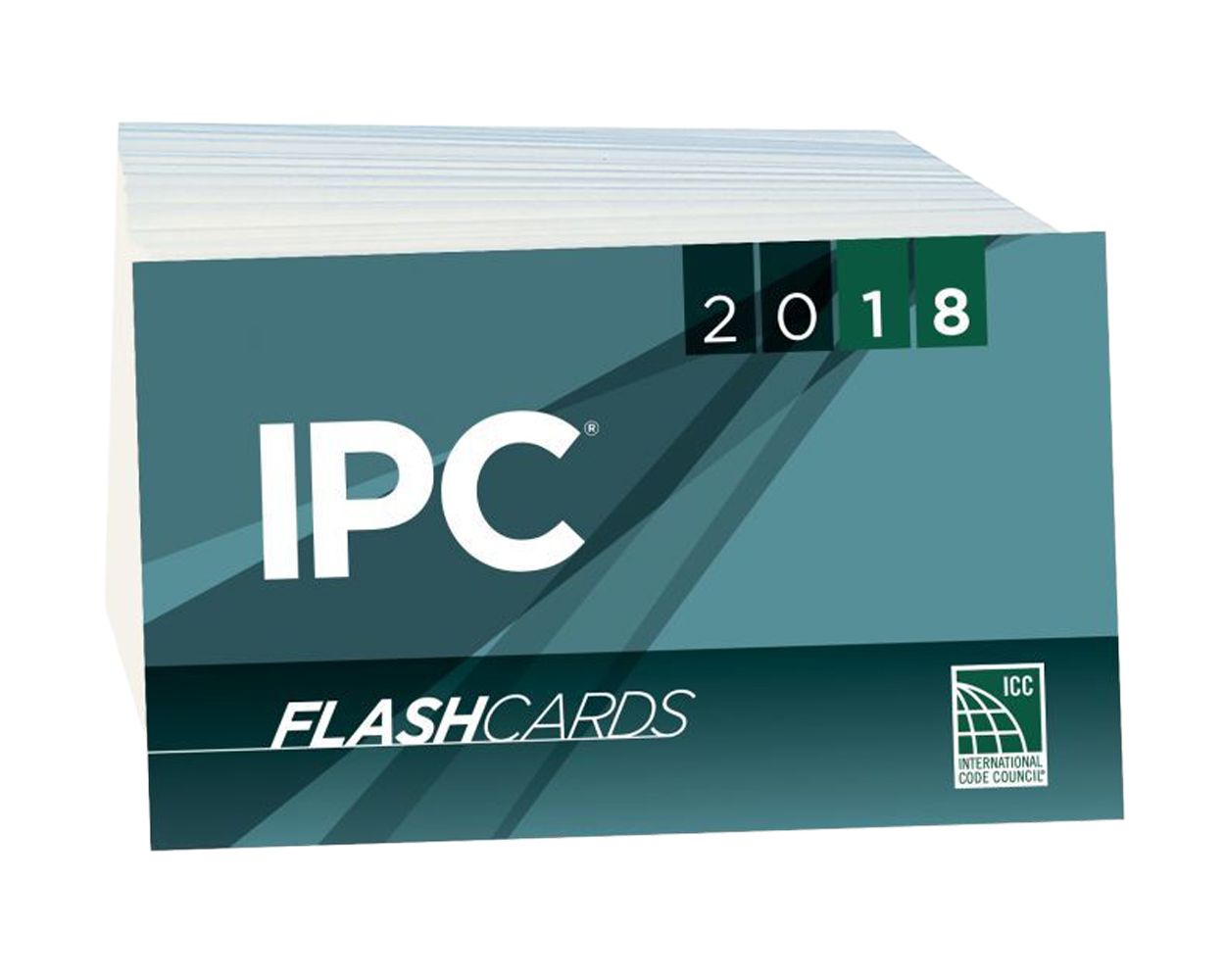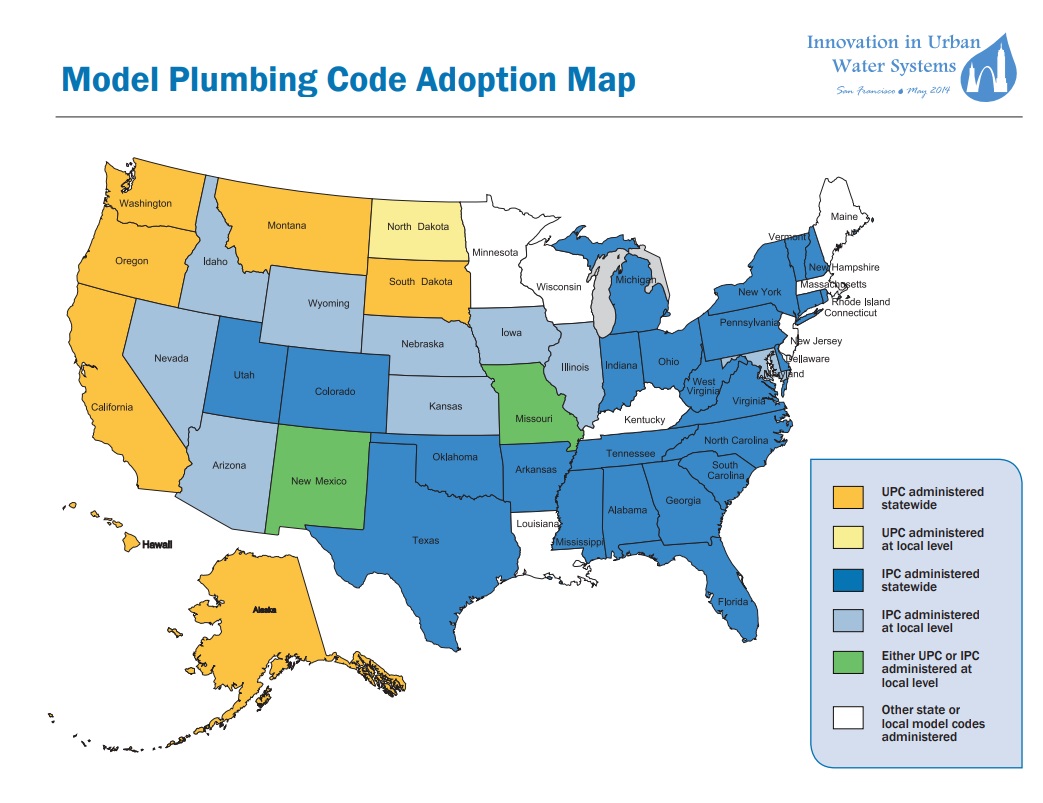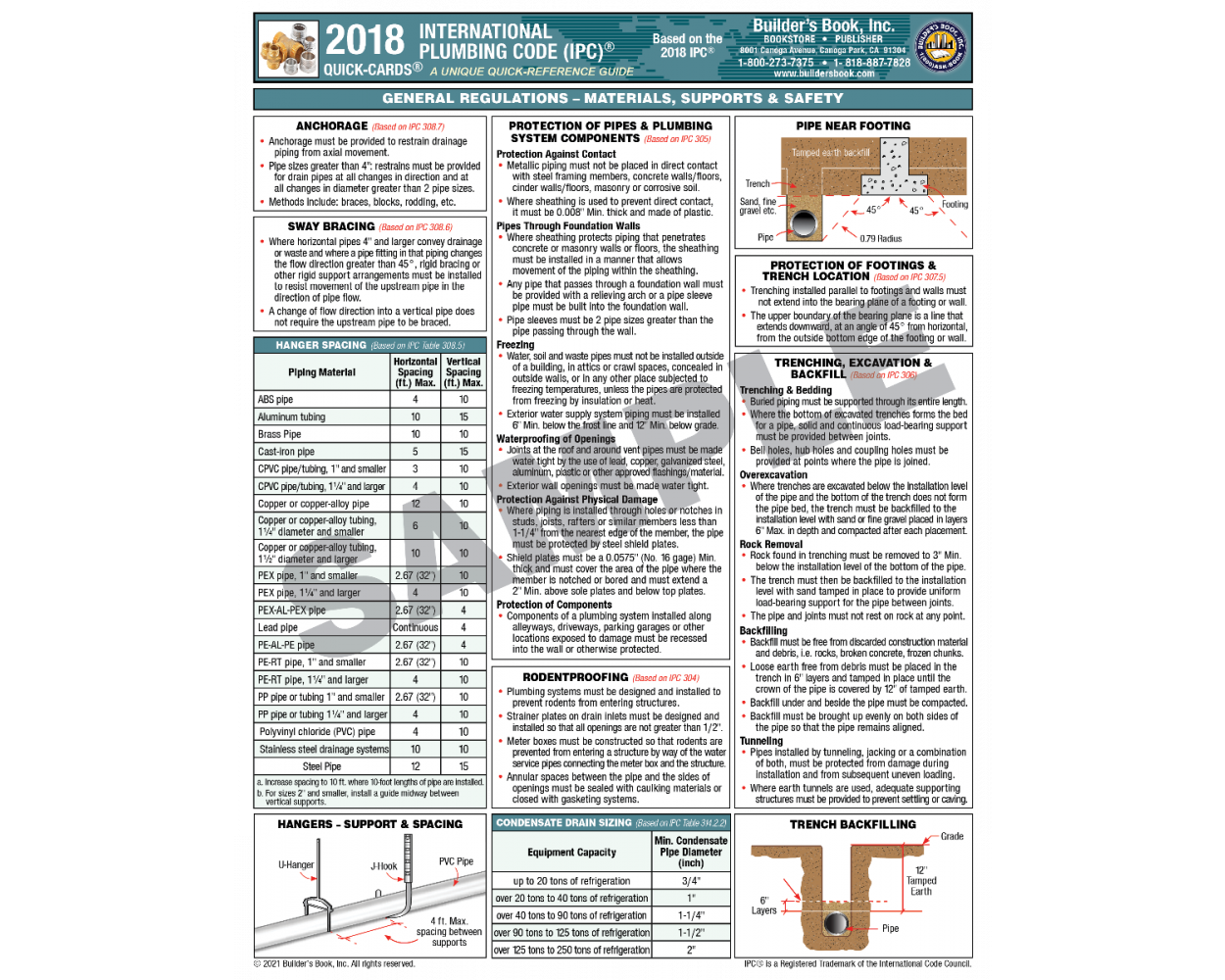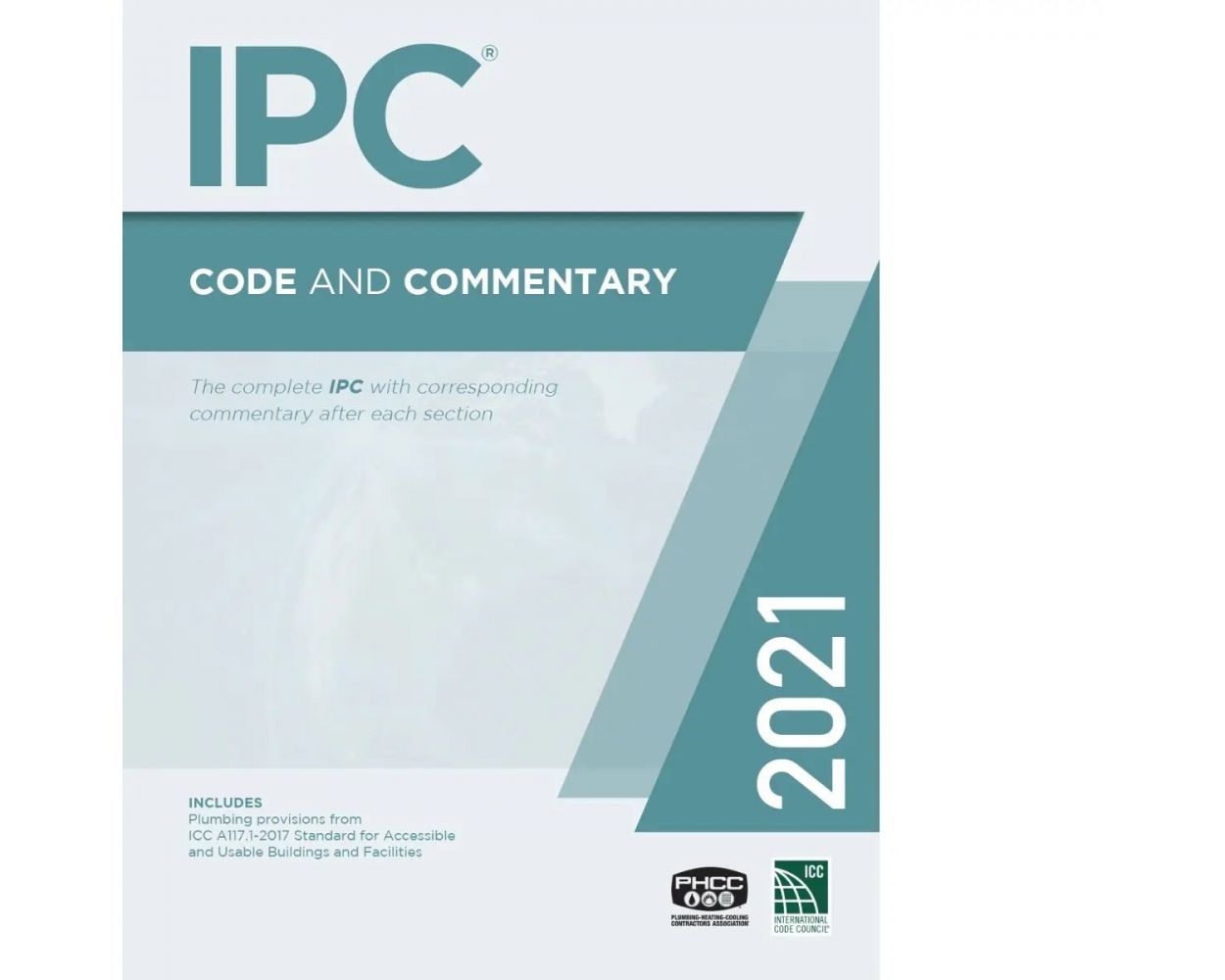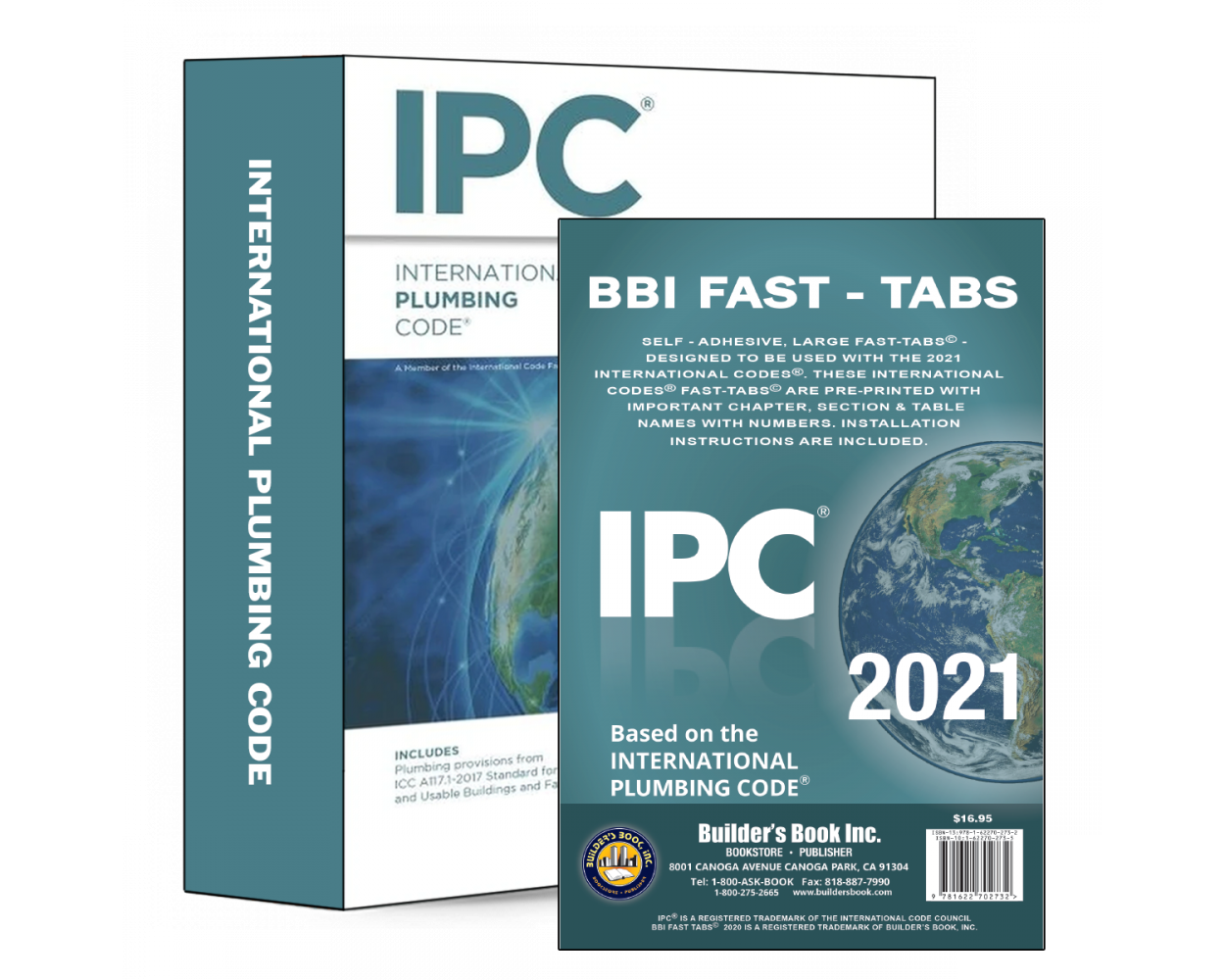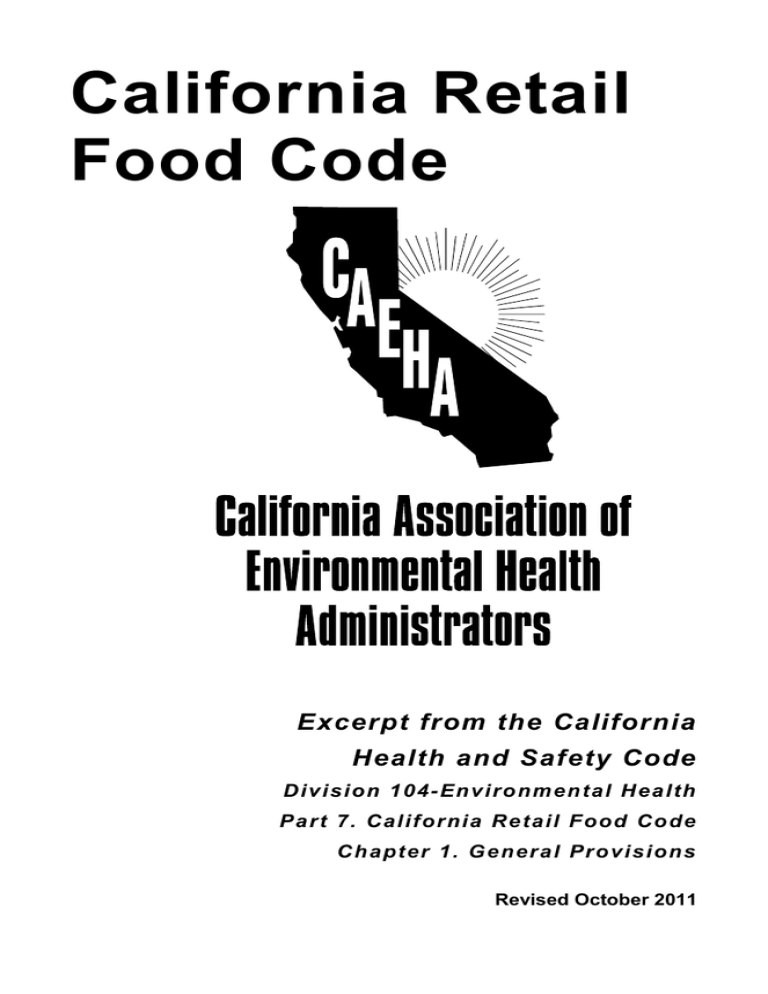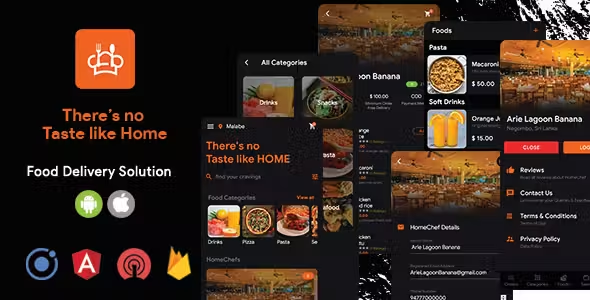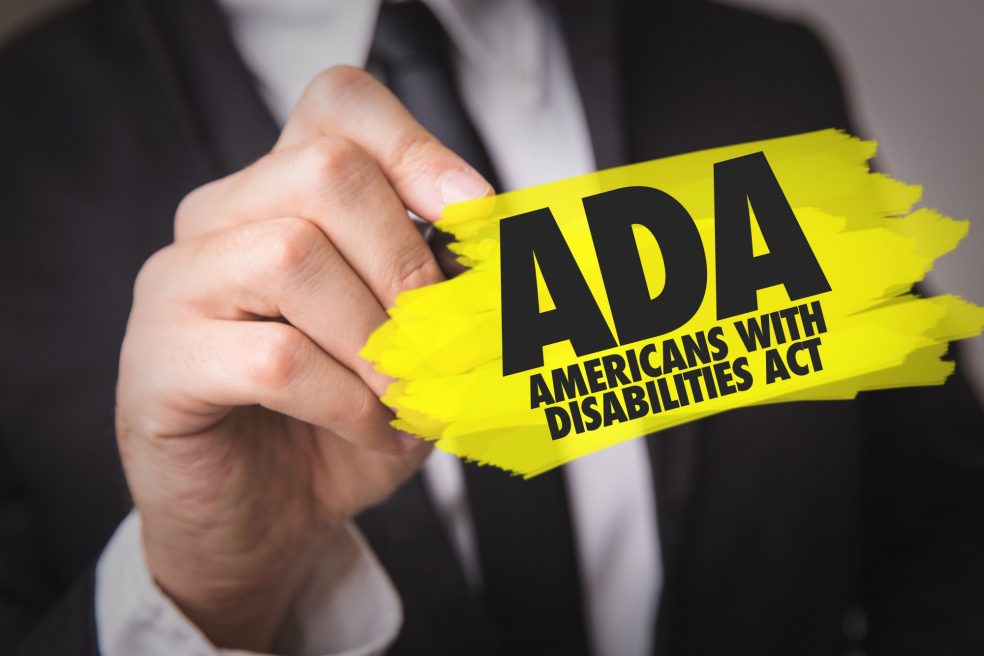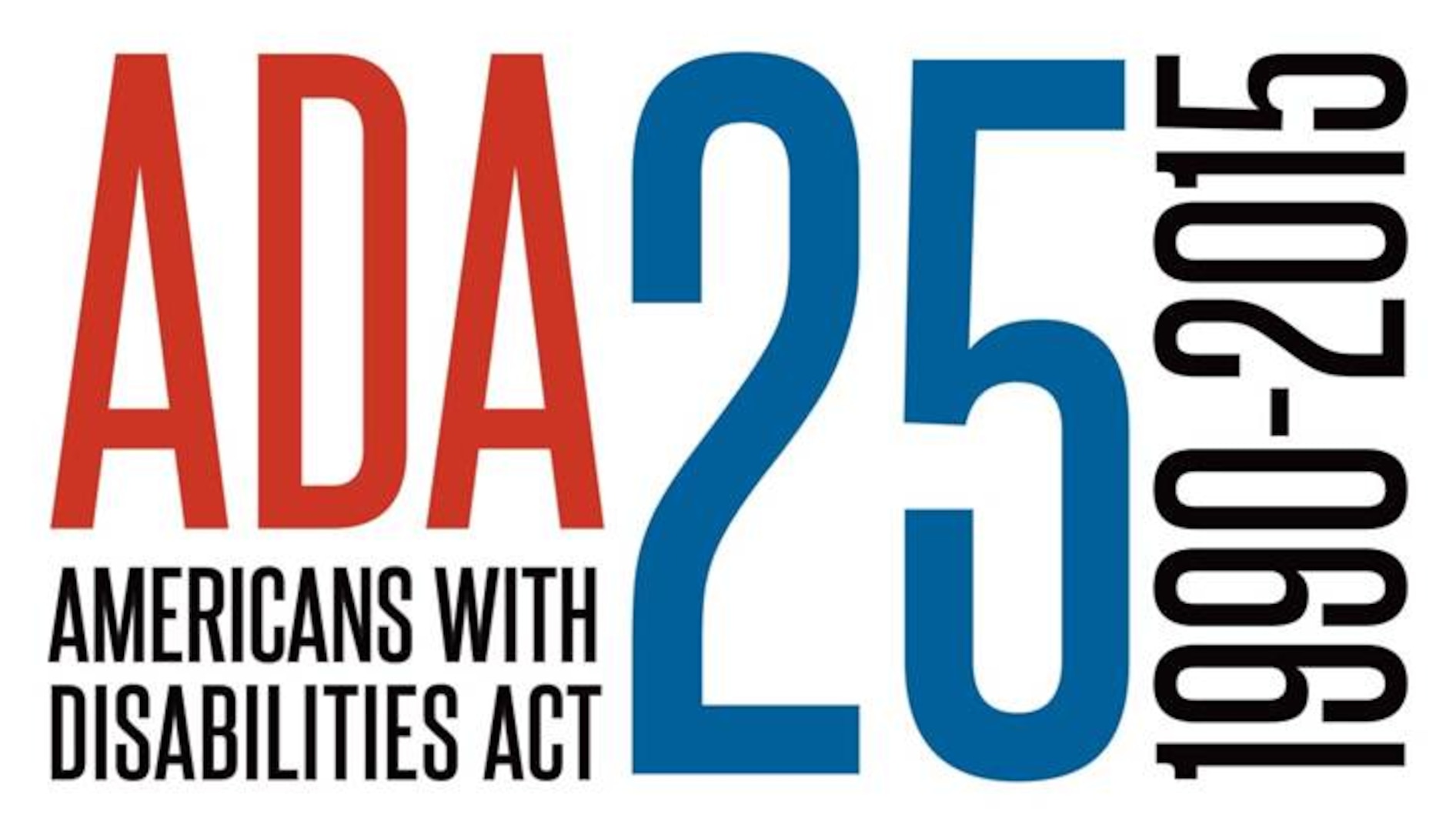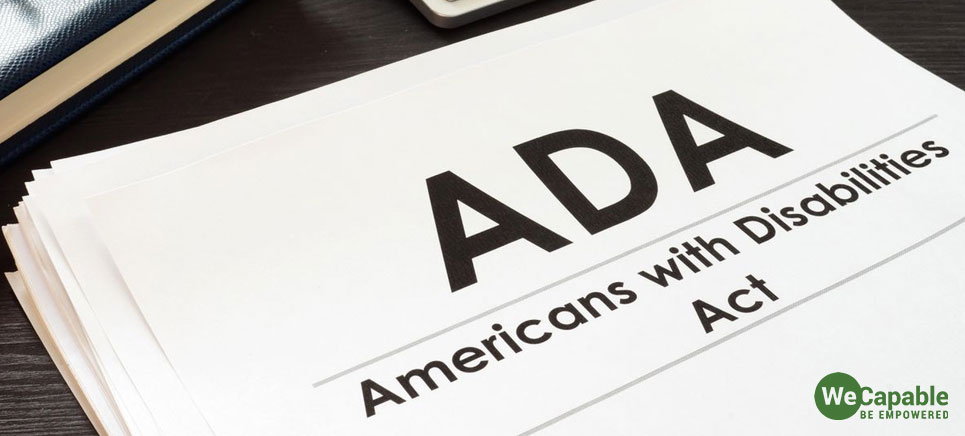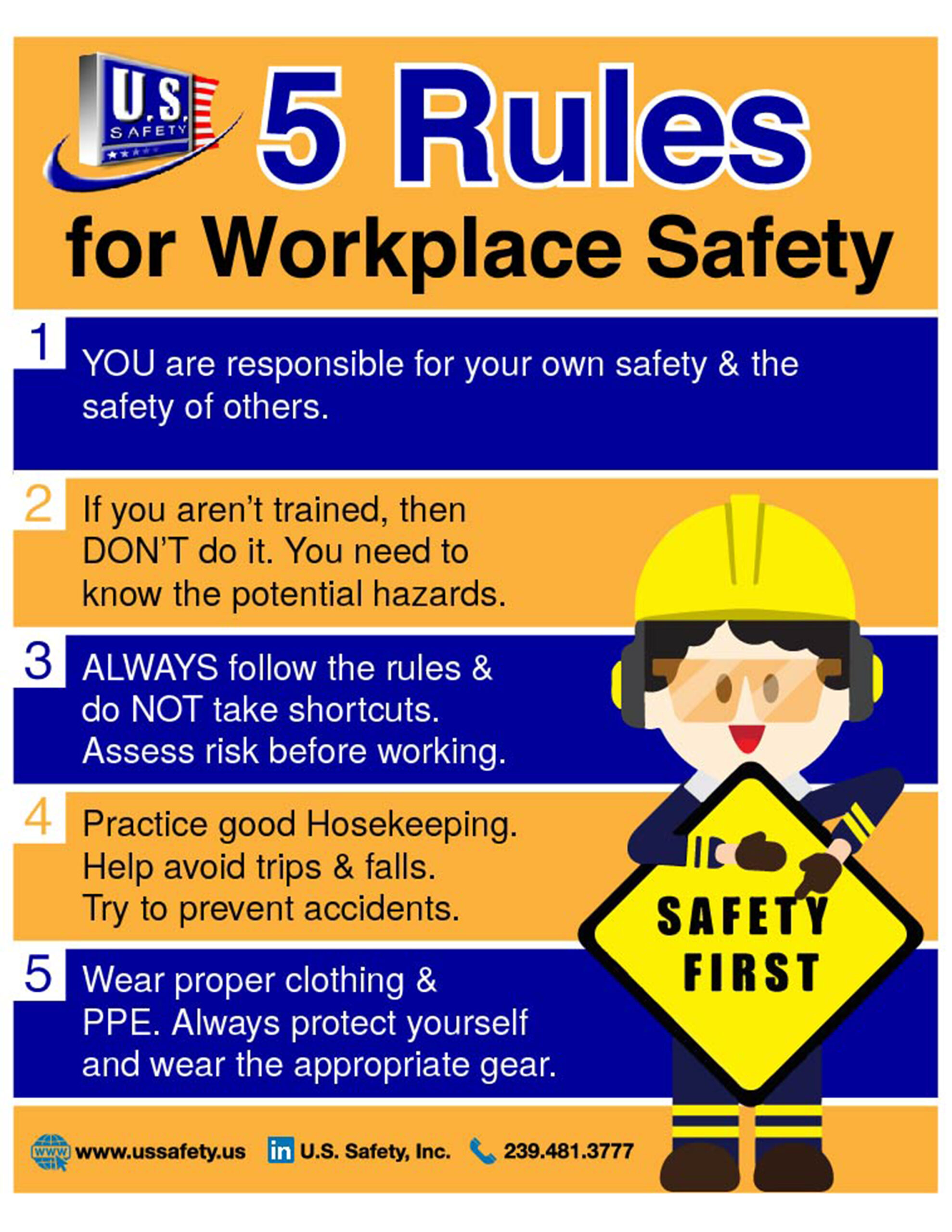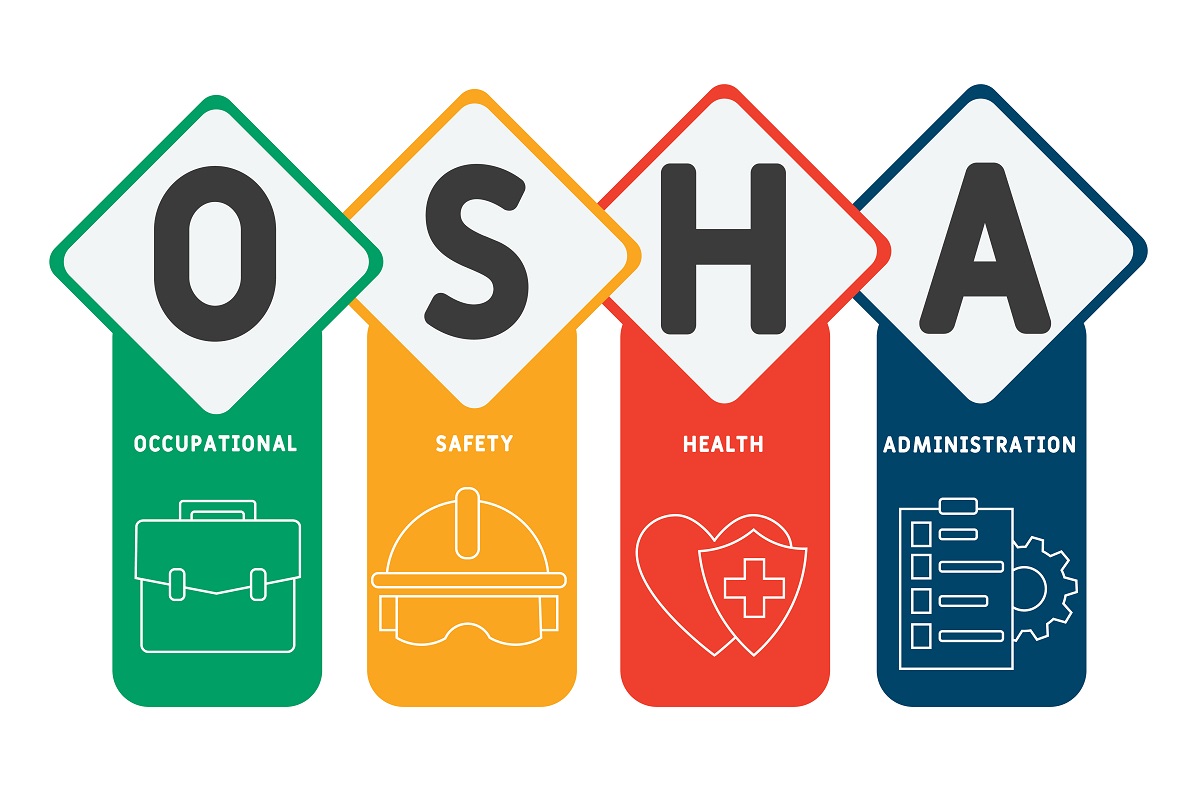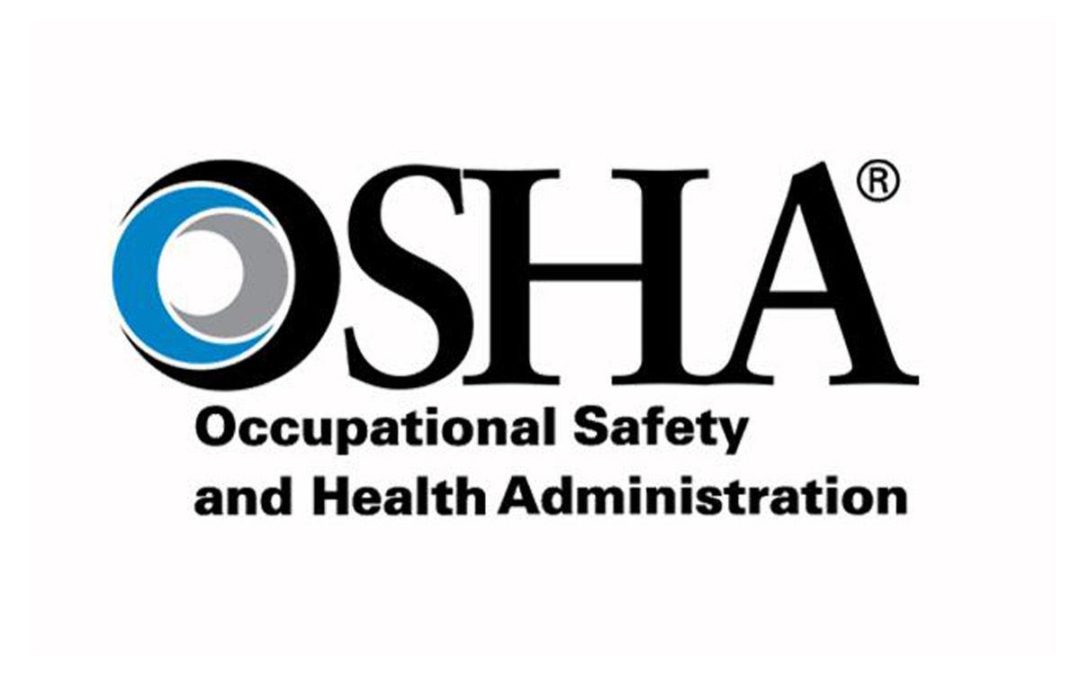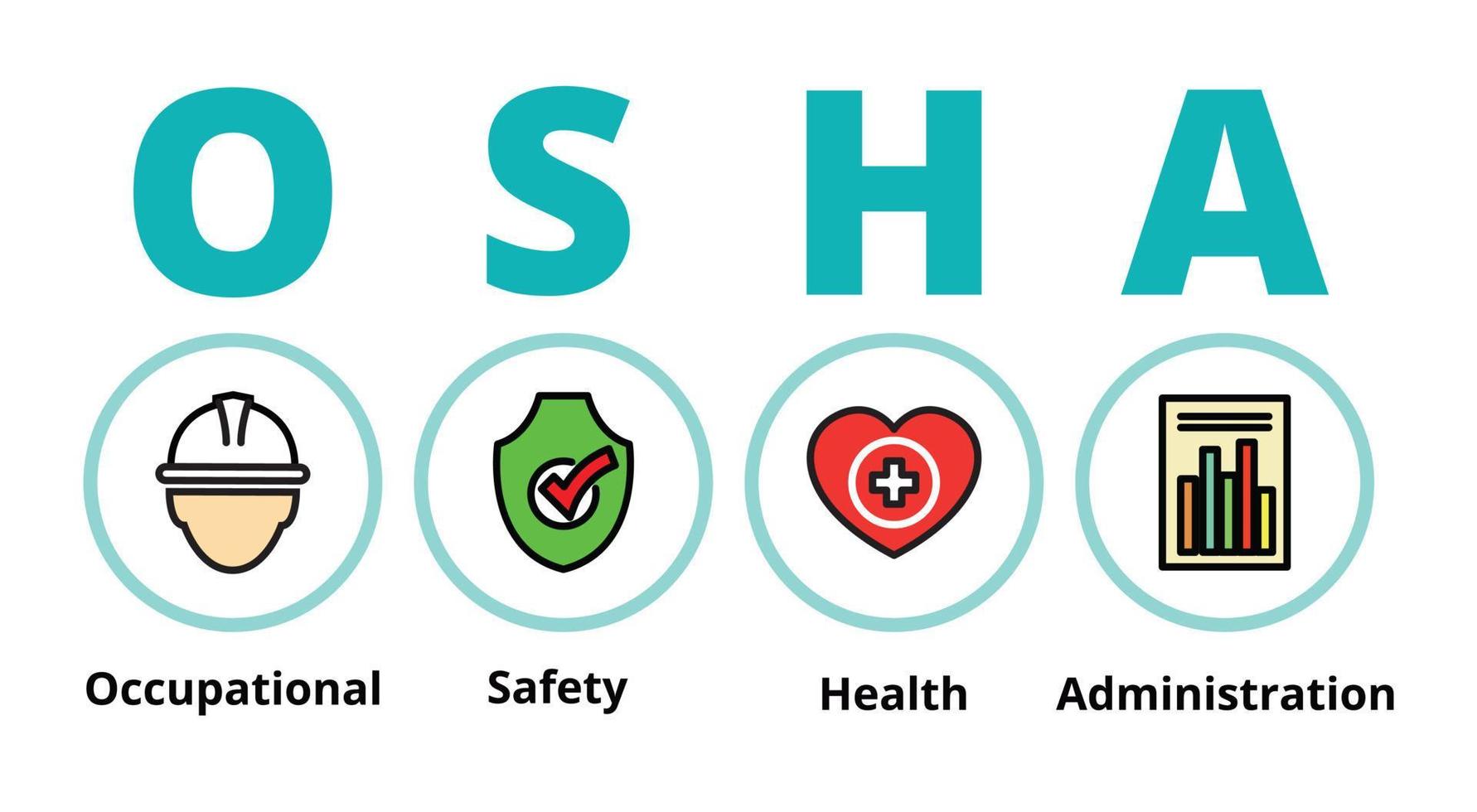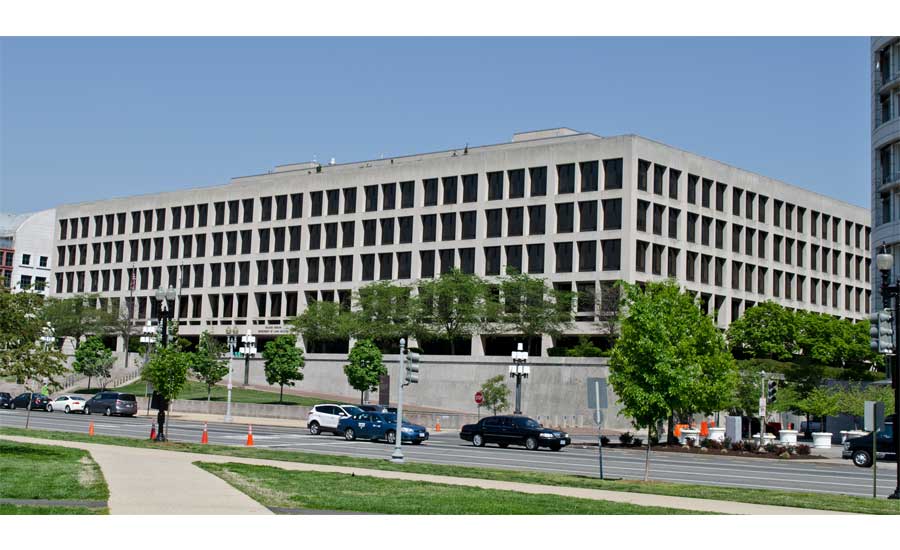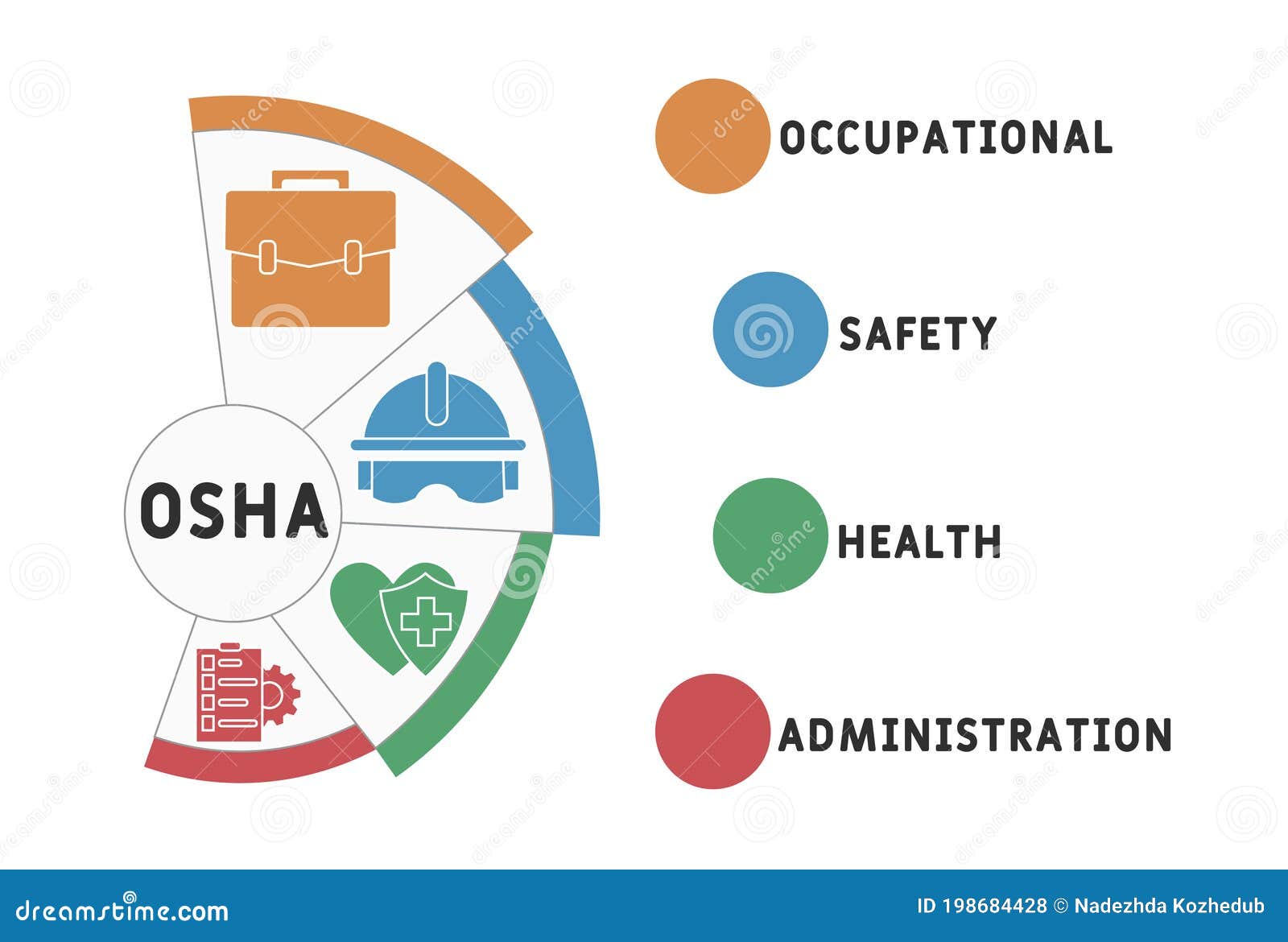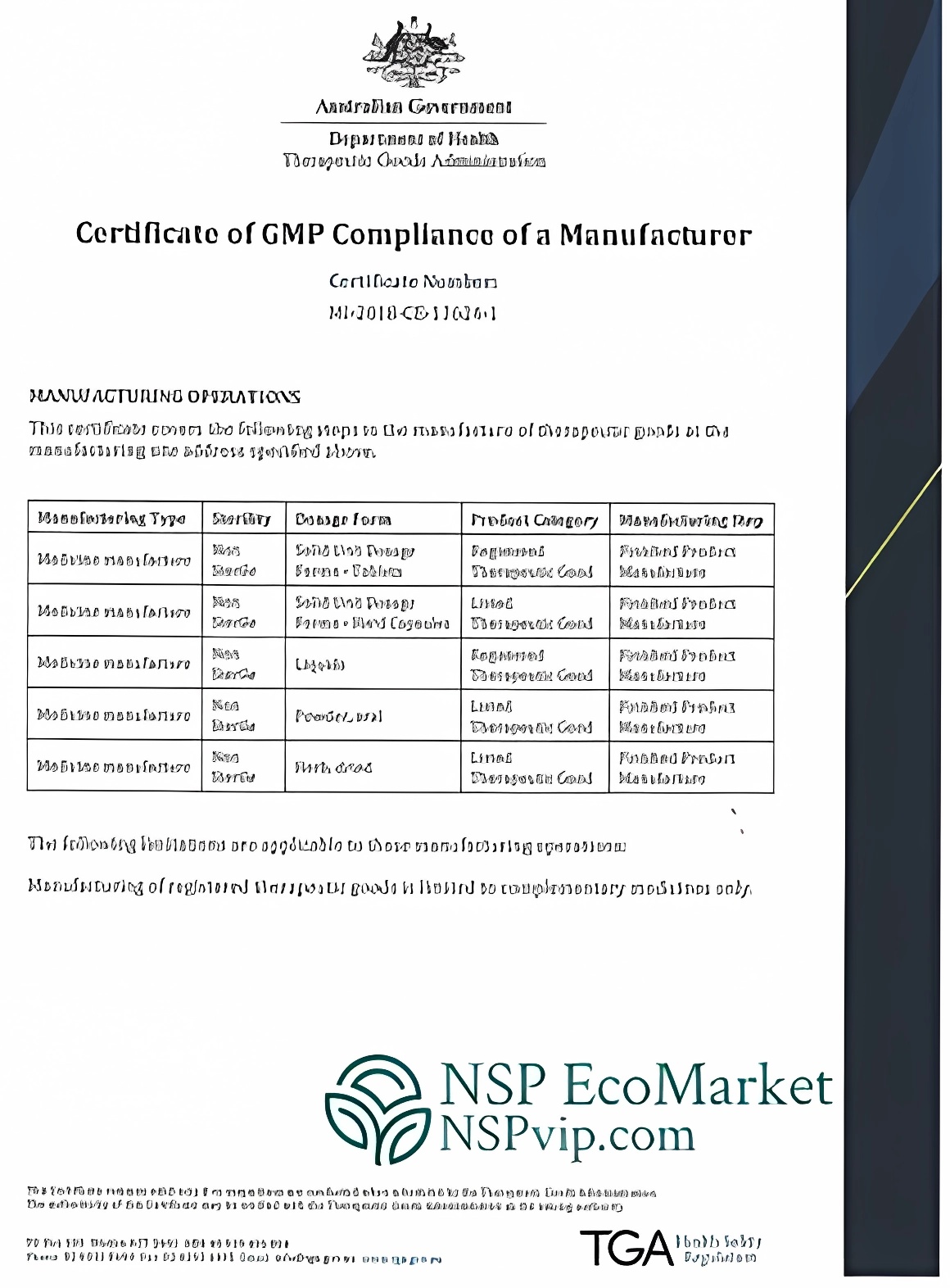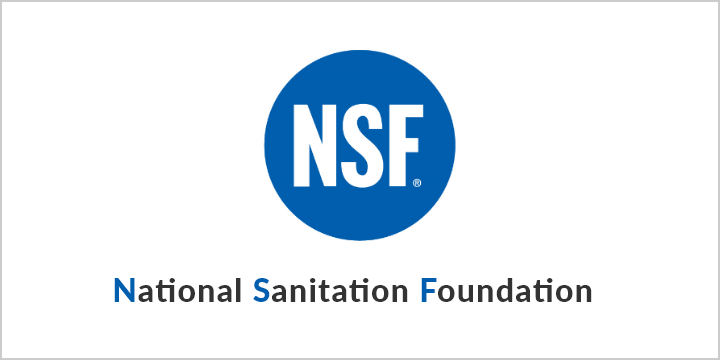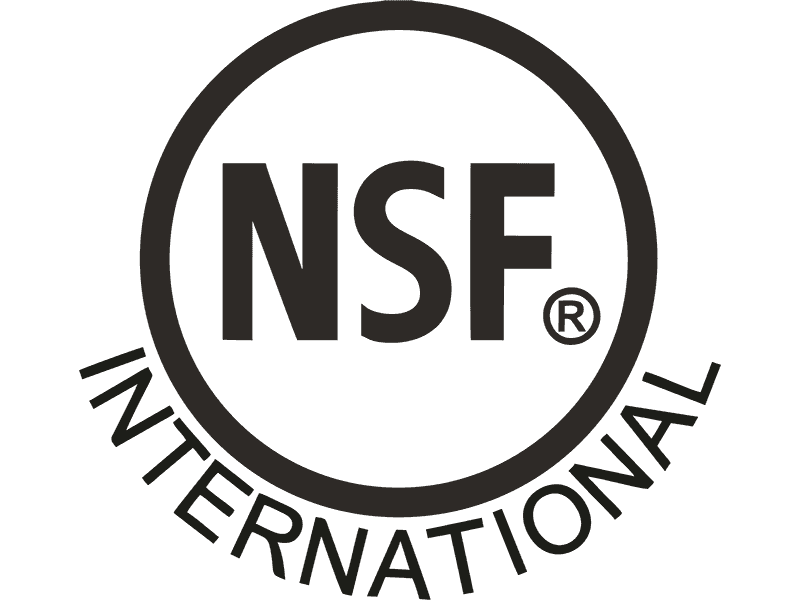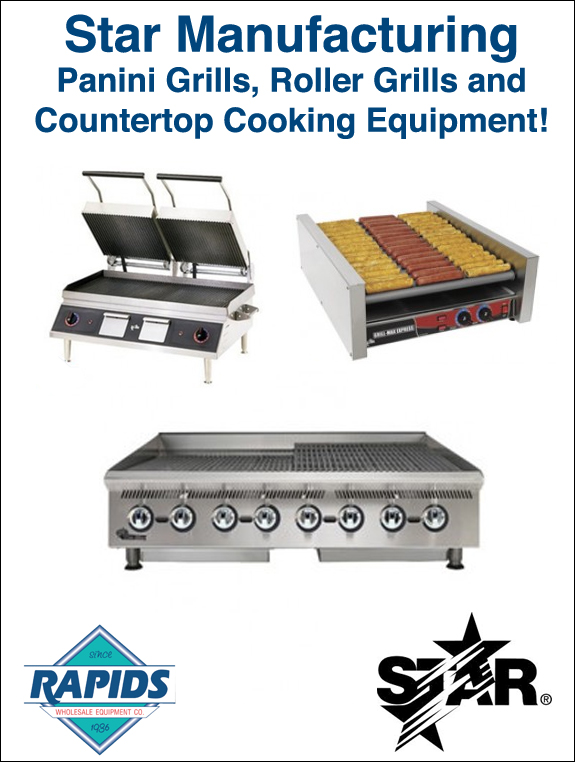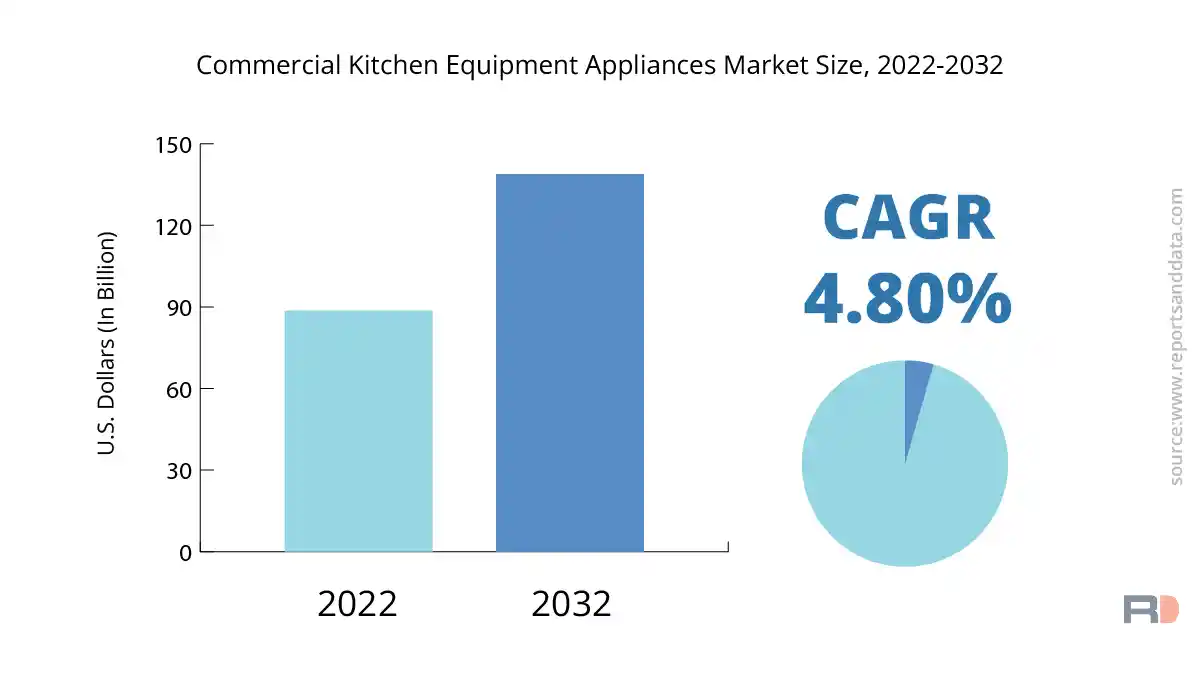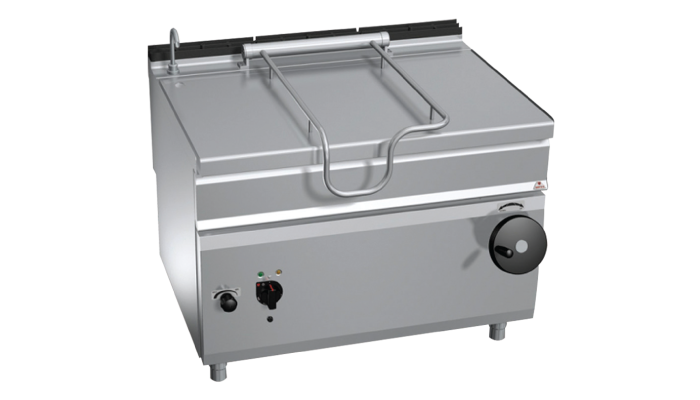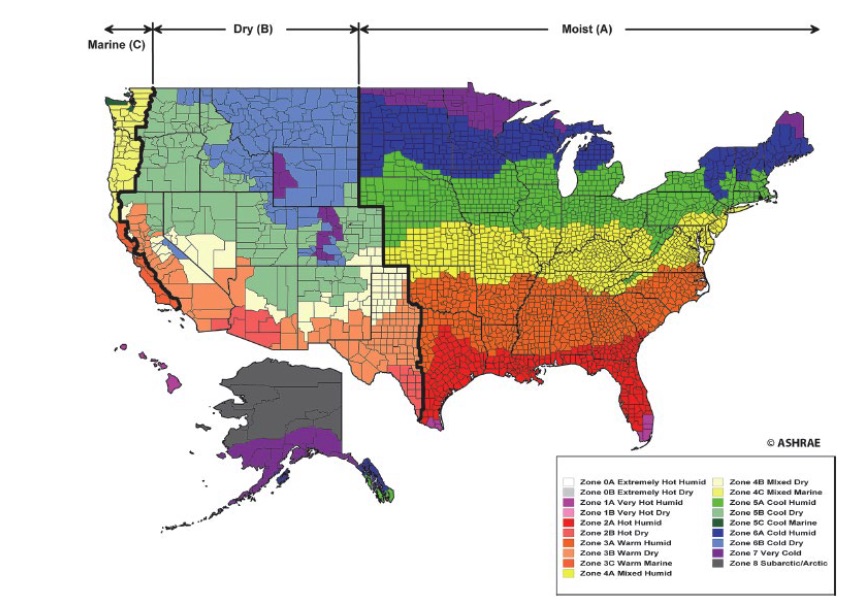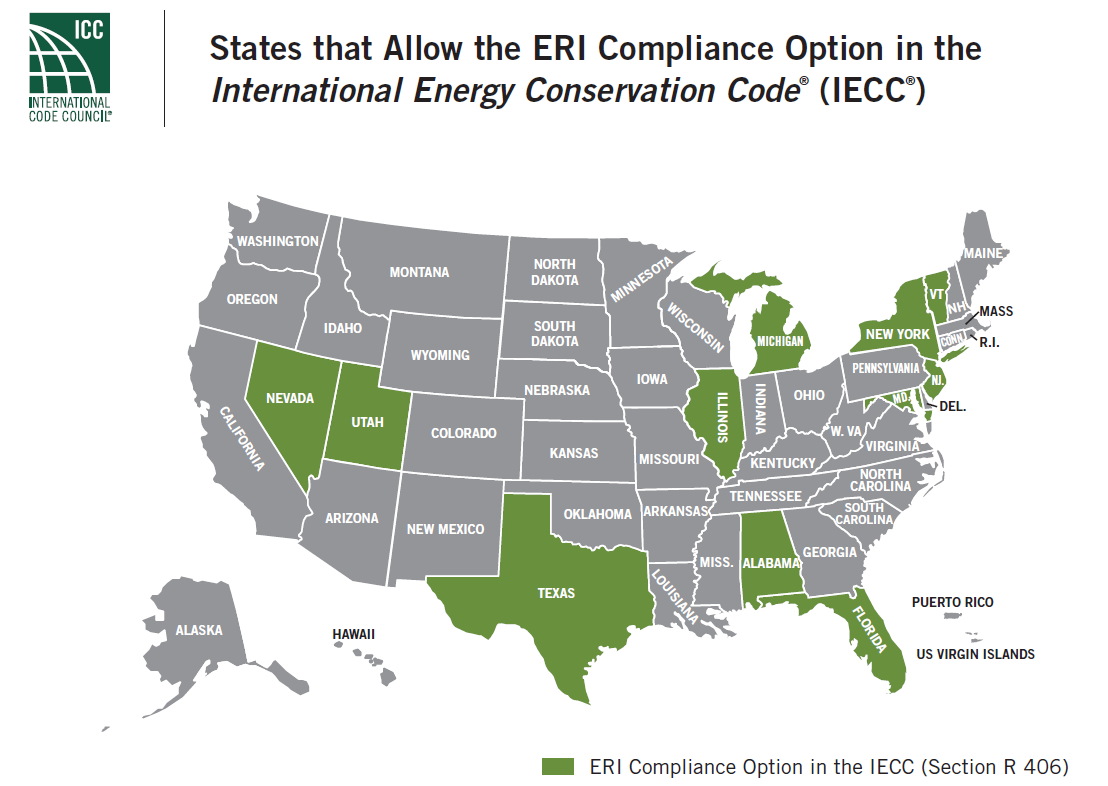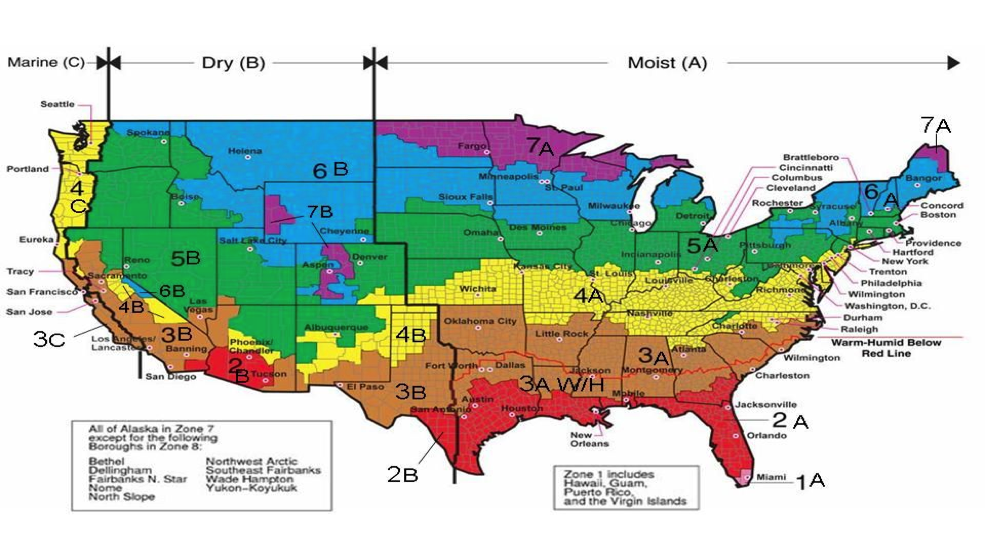The NFPA 96 code is considered the industry standard for fire safety in commercial kitchens. It covers the design, installation, operation, and maintenance of ventilation systems, cooking equipment, and fire suppression systems. This code is essential for ensuring the safety of employees and customers in a commercial kitchen.1. National Fire Protection Association (NFPA) 96
The IBC 2018 code sets the minimum requirements for the design and construction of buildings, including commercial kitchens. It covers areas such as fire protection, ventilation, and accessibility. Adhering to this code ensures that the kitchen is built to withstand potential hazards and meets safety standards.2. International Building Code (IBC) 2018
The IMC 2018 code focuses on the mechanical systems in a commercial kitchen, including ventilation, exhaust systems, and refrigeration. It sets standards for proper installation and maintenance to ensure the safe and efficient operation of these systems.3. International Mechanical Code (IMC) 2018
The IPC 2018 code covers the design, installation, and maintenance of plumbing systems in commercial kitchens. This includes water supply, drainage, and waste disposal. Following this code ensures that the kitchen has a reliable and sanitary plumbing system.4. International Plumbing Code (IPC) 2018
The Food Code is developed by the Food and Drug Administration (FDA) and sets standards for food safety in commercial kitchens. It covers areas such as proper food handling, storage, and preparation to prevent foodborne illnesses. Compliance with this code is essential for the health and well-being of customers.5. Food Code
The ADA Standards for Accessible Design ensure that commercial kitchens are accessible to individuals with disabilities. This includes features such as accessible entrances, counters, and workspaces. Adhering to these standards ensures that all individuals can safely and comfortably use the kitchen.6. Americans with Disabilities Act (ADA) Standards for Accessible Design
The OSHA Standards focus on the health and safety of employees in the workplace, including commercial kitchens. It covers areas such as hazardous chemicals, equipment safety, and ergonomics. Following these standards can help prevent workplace injuries and illnesses.7. Occupational Safety and Health Administration (OSHA) Standards
The NSF Standards set requirements for the design and construction of foodservice equipment, including commercial kitchen equipment. Compliance with these standards ensures that the equipment is safe and sanitary for use in a commercial kitchen.8. National Sanitation Foundation (NSF) Standards
The Energy Star program sets energy efficiency standards for various appliances, including commercial kitchen equipment. Using Energy Star certified equipment can help reduce energy costs and decrease the environmental impact of a commercial kitchen.9. Energy Star Commercial Kitchen Equipment Standards
The IECC 2018 code sets minimum energy efficiency standards for buildings, including commercial kitchens. It covers areas such as lighting, heating, and cooling systems. Adhering to these standards can help reduce energy consumption and save on utility costs. In conclusion, adhering to these top 10 commercial kitchen design codes is essential for creating a safe, efficient, and compliant kitchen. Following these standards can help ensure the well-being of employees and customers, as well as save on costs and promote sustainability. It is important for business owners and designers to stay updated on any changes or updates to these codes to maintain a safe and compliant kitchen.10. International Energy Conservation Code (IECC) 2018
Why Commercial Kitchen Design Codes are Essential for a Successful Business

Ensuring Safety and Efficiency
 When it comes to designing a commercial kitchen, adhering to
commercial kitchen design codes
is crucial. These codes are put in place to ensure that the kitchen is not only safe for employees and customers, but also efficient in its operations. In a busy and fast-paced environment, a well-designed kitchen can make all the difference in the success of a business.
When it comes to designing a commercial kitchen, adhering to
commercial kitchen design codes
is crucial. These codes are put in place to ensure that the kitchen is not only safe for employees and customers, but also efficient in its operations. In a busy and fast-paced environment, a well-designed kitchen can make all the difference in the success of a business.
Meeting Health and Sanitation Standards
.jpg) One of the main reasons for having commercial kitchen design codes is to meet health and sanitation standards. These codes outline specific guidelines for the layout and design of a kitchen to prevent cross-contamination, ensure proper food storage and handling, and maintain cleanliness. Failure to meet these standards not only puts the health of customers at risk, but it can also lead to costly fines and damage to the reputation of a business.
One of the main reasons for having commercial kitchen design codes is to meet health and sanitation standards. These codes outline specific guidelines for the layout and design of a kitchen to prevent cross-contamination, ensure proper food storage and handling, and maintain cleanliness. Failure to meet these standards not only puts the health of customers at risk, but it can also lead to costly fines and damage to the reputation of a business.
Optimizing Workflow and Functionality
 In addition to safety and sanitation,
commercial kitchen design codes
also focus on optimizing workflow and functionality within the kitchen. A well-designed kitchen allows for smooth and efficient movement of employees, reducing the risk of accidents and improving overall productivity. From the placement of equipment to the flow of food preparation, following these codes can greatly improve the functionality of a kitchen.
In addition to safety and sanitation,
commercial kitchen design codes
also focus on optimizing workflow and functionality within the kitchen. A well-designed kitchen allows for smooth and efficient movement of employees, reducing the risk of accidents and improving overall productivity. From the placement of equipment to the flow of food preparation, following these codes can greatly improve the functionality of a kitchen.
Ensuring Compliance with Building Regulations
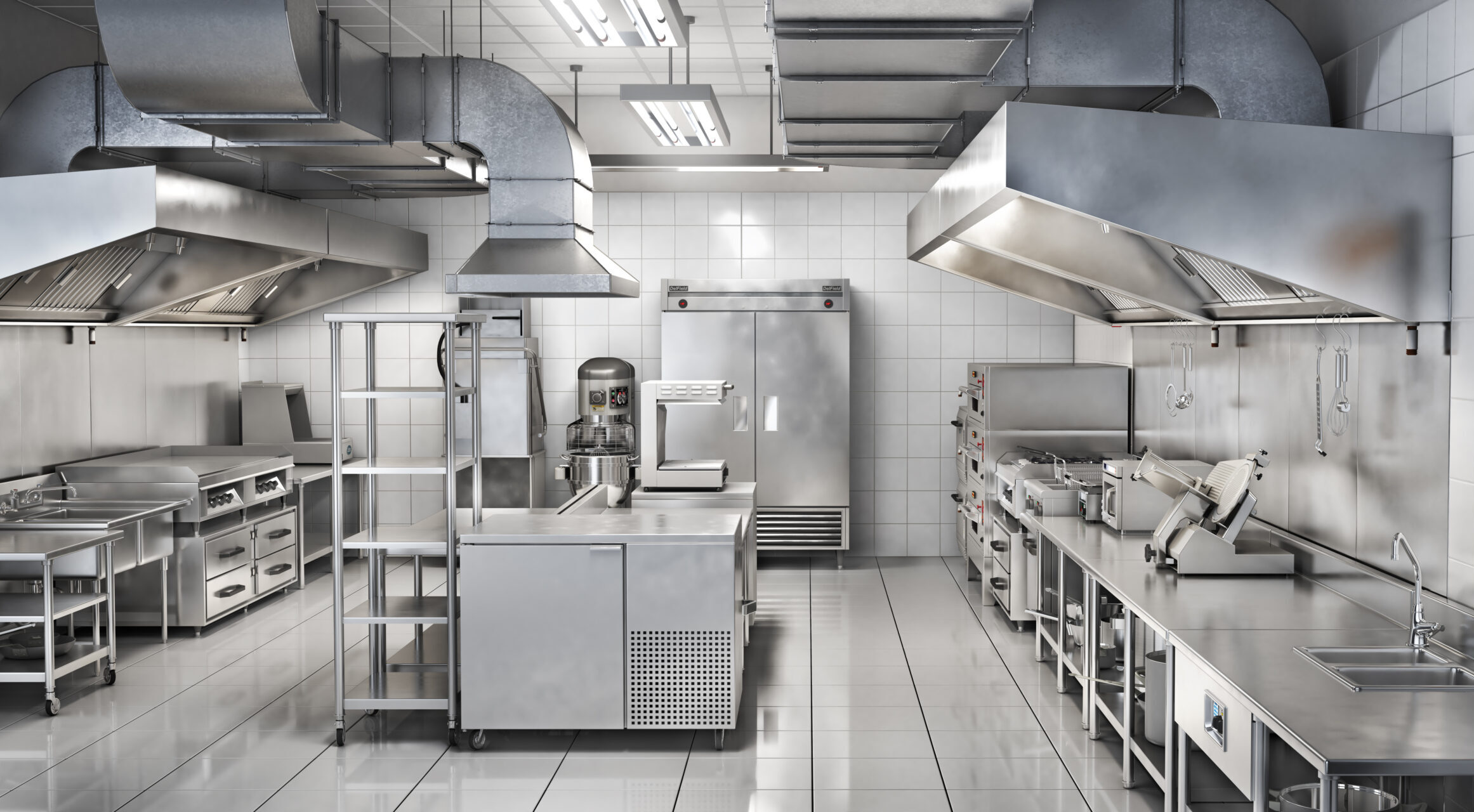 Another important aspect of commercial kitchen design codes is compliance with building regulations. These codes cover factors such as ventilation, fire safety, and accessibility, among others. Failure to comply with these regulations can result in serious consequences, including closure of the business. Therefore, it is essential to follow these codes to ensure the safety and well-being of everyone in the building.
Another important aspect of commercial kitchen design codes is compliance with building regulations. These codes cover factors such as ventilation, fire safety, and accessibility, among others. Failure to comply with these regulations can result in serious consequences, including closure of the business. Therefore, it is essential to follow these codes to ensure the safety and well-being of everyone in the building.
Conclusion
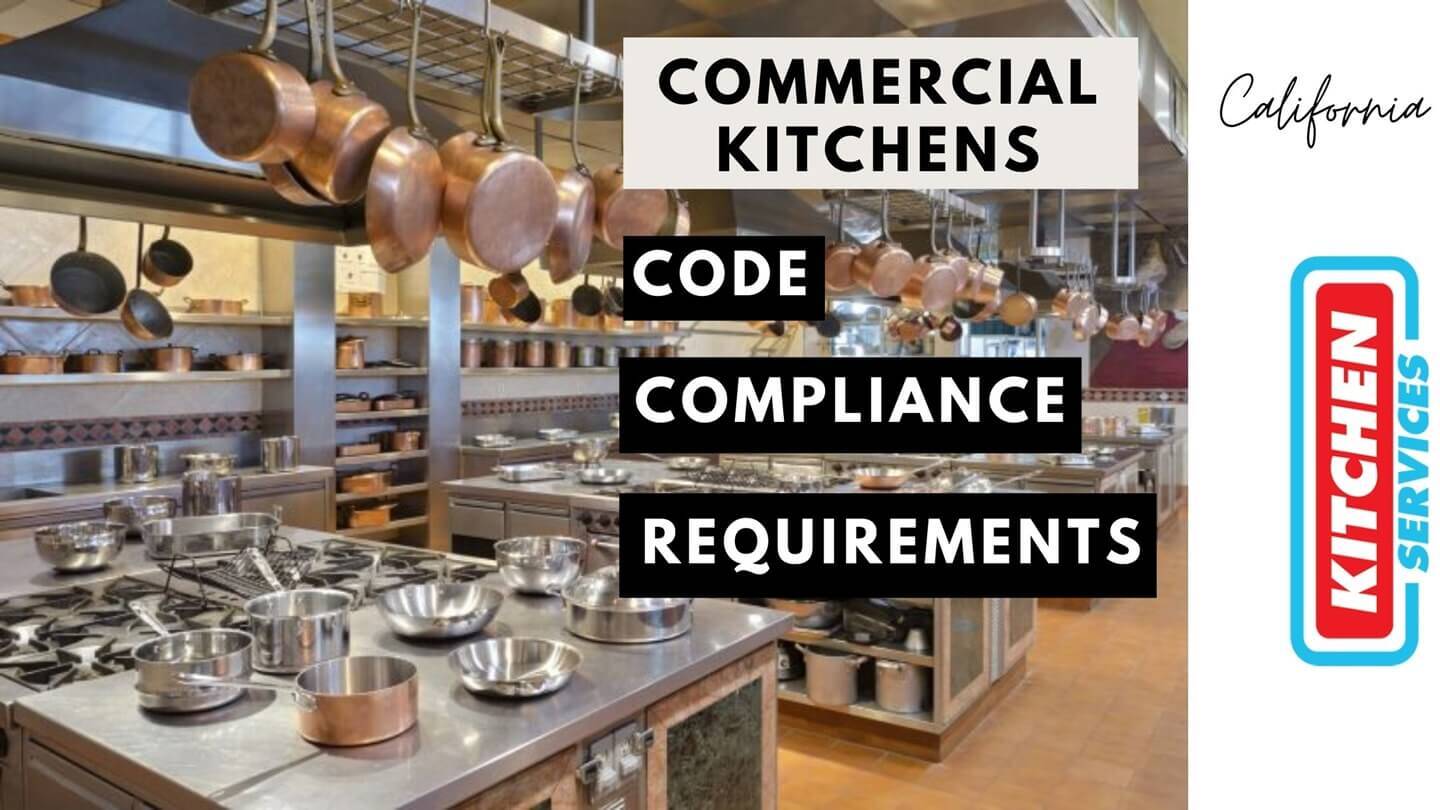 In conclusion,
commercial kitchen design codes
play a crucial role in the success of a business. They not only ensure the safety and well-being of employees and customers, but also help to optimize workflow and functionality, meet health and sanitation standards, and comply with building regulations. As such, it is important for businesses to prioritize following these codes in the design and layout of their commercial kitchens.
In conclusion,
commercial kitchen design codes
play a crucial role in the success of a business. They not only ensure the safety and well-being of employees and customers, but also help to optimize workflow and functionality, meet health and sanitation standards, and comply with building regulations. As such, it is important for businesses to prioritize following these codes in the design and layout of their commercial kitchens.
